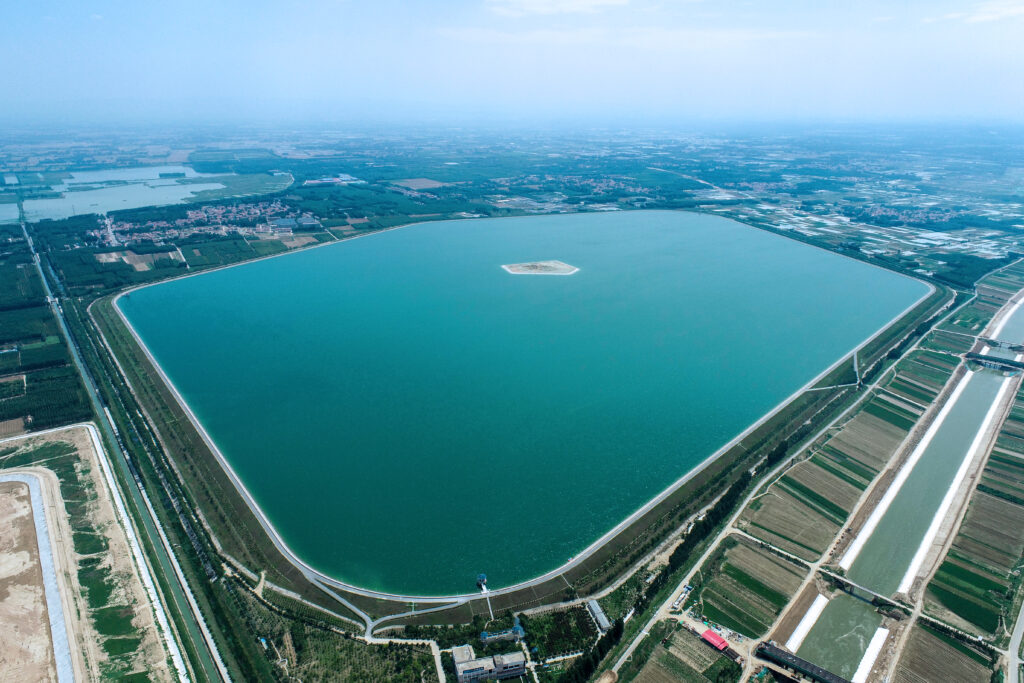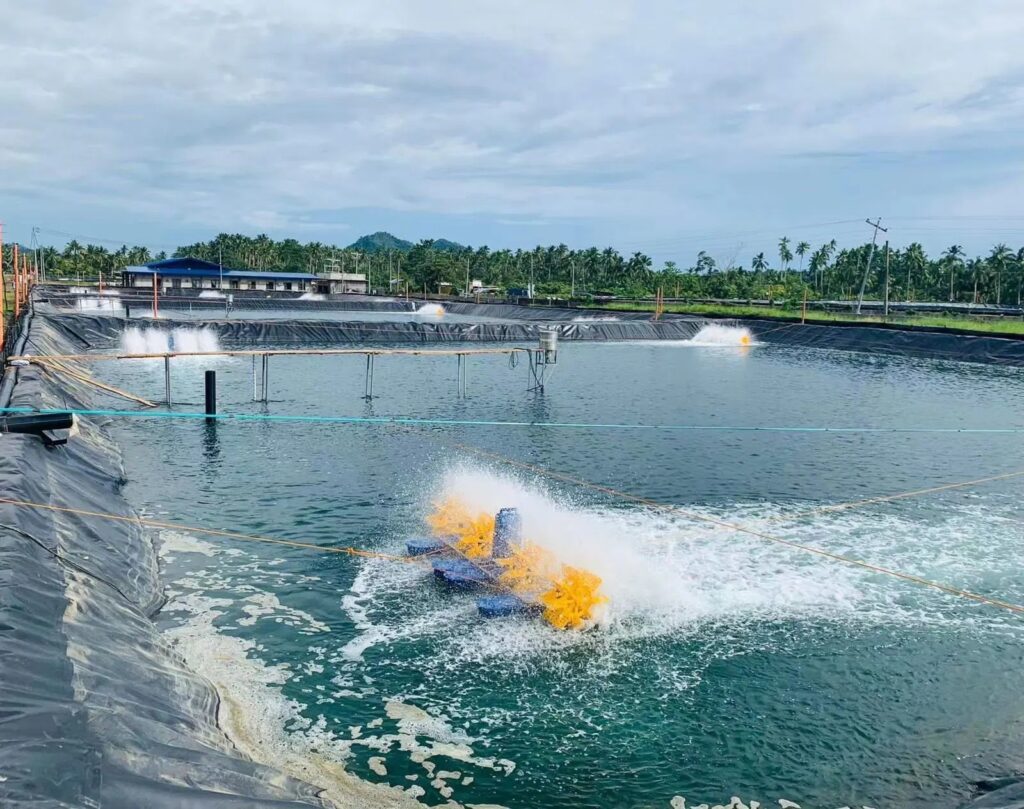Features and installation steps of hdpe pond liner
HDPE (High Density Polyethylene) pond liner is an anti-seepage material commonly used in applications such as ponds, anti-seepage ponds, landfills, reservoirs, wastewater treatment plants and more. It has excellent chemical, weather and UV resistance, providing long-term and effective leakage protection. Here are some details about HDPE pond liners.

hdpe pond liner features and benefits
High density polyethylene material:
Chemical Resistance: Resistant to most chemicals, including acids, alkalis, and petroleum products.
UV resistance: It has good resistance to UV rays and is suitable for long-term outdoor use.
Wear Resistance: High tensile strength and wear resistance.
hdpe pond liner durability
Long Life: The service life of HDPE liners can exceed 20 years, depending on usage conditions and environment.
High tensile strength: maintains its physical properties even when stretched.
Impermeability:
Excellent anti-seepage performance: low permeability ensures that water or other liquids will not leak, protecting the environment and water resources.
Flexibility and easy installation:
Easy to weld and form: Seamless connection can be formed by hot melt welding to ensure anti-seepage effect.
Easy to install: lightweight and easy to carry and lay, suitable for projects of all shapes and sizes.
hdpe pond liner application scenarios
Aquaculture: Used for anti-seepage in fish ponds, shrimp ponds and other aquaculture ponds.
Environmental protection projects: landfills, sewage treatment plants and other places where anti-seepage is required.
Agriculture: seepage prevention of agricultural water such as reservoirs and irrigation canals.
Construction engineering: waterproofing and anti-seepage of underground projects, tunnels, dams, etc.

hdpe pond liner installation steps
Site preparation:
Clear the site of sharp objects, tree roots, rocks, etc. to avoid damaging the liner.
Level the floor and make sure there are no protrusions.
To lay the liner:
Lay the HDPE liner flatly on the prepared site, trying to avoid wrinkles.
In areas with a steep slope, it can be laid from top to bottom to prevent the liner from sliding.
Welded seams:
Use hot melt welding equipment to weld the seams of the gasket together to ensure even welding and no leakage.
Conduct weld inspection to ensure welding quality.
Edge fixation:
Bury the edge of the liner into the soil, or use heavy objects such as sandbags to hold it down to prevent it from blowing in the wind.
hdpe pond liner inspection and maintenance
Check the gasket surface regularly and repair any damage that may occur in a timely manner.
Keep the pad surface clean and avoid accumulation of sharp objects.
hdpe pond liner care and maintenance
Regular Inspections: Regularly inspect the surface of the pad, especially the seams and edges, to make sure there are no tears or leaks.
Repair in time: Once damage is found, use special repair materials to repair it in time to extend the service life of the liner.
Avoid heavy pressure: Avoid stacking heavy objects or performing heavy machinery on the liner to prevent damage to the liner.
HDPE pond liner is an economical, efficient and durable anti-seepage solution, suitable for various projects requiring anti-seepage.
With proper installation and maintenance, HDPE lining can provide long-term and reliable anti-seepage effect.

